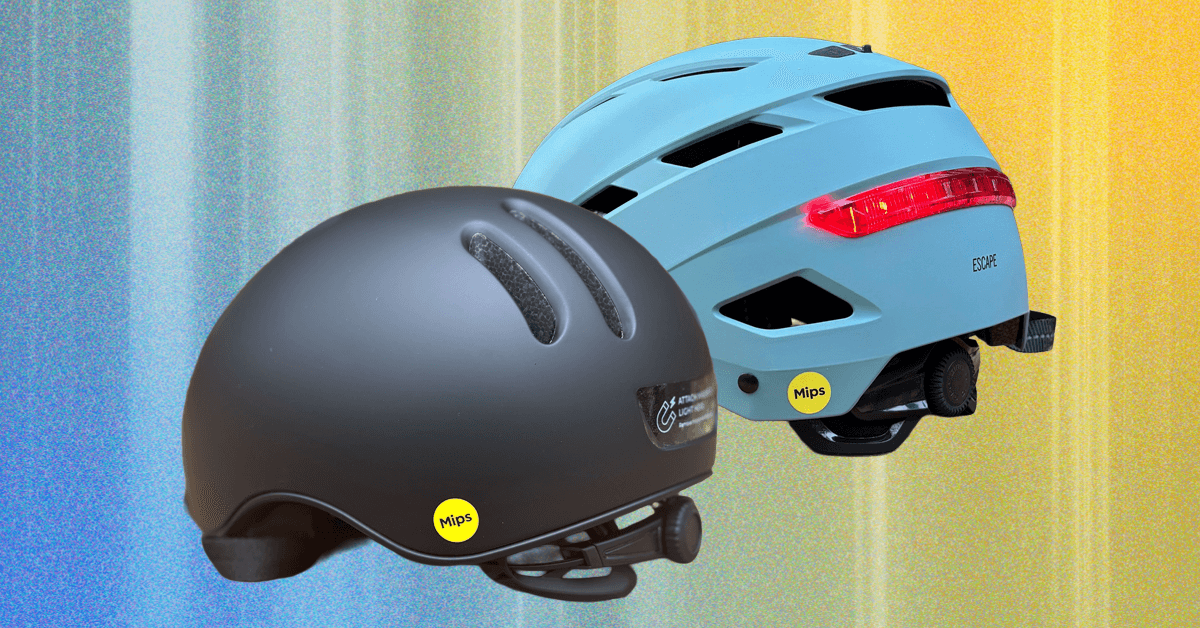How to Buy a Bike Helmet: Your 2025 Guide

Shopping for a bicycle involves more than just selecting a bike; it includes choosing essential gear like a bike helmet, which plays a crucial role in your safety. But does a higher price tag mean better protection? Understanding helmet features like MIPS can ensure you're well-protected. Here's what you need to know.
What Type of Helmet Do I Need?
The type of helmet you require depends largely on your biking activities. For short commutes across city streets, a commuter helmet might be just what you need—like the Thousand Chapter MIPS, which offers excellent protection and commuter-friendly features such as slots for locking your helmet.
Those interested in road cycling should consider a road helmet, which is designed with aerodynamics, ventilation, and light weight in mind, such as the Kask Utopia Y. Mountain biking helmets, like the Smith Forefront 2, cover the back of the skull and often feature a visor for enhanced protection on rugged terrain.
How to Fit Your Helmet
Fitting a helmet is as important as choosing one. Try it on for fit—a snug, level helmet is essential. It should cover most of your forehead, with the strap snug below your chin. The objective is minimal movement: if your helmet shifts an inch or more, it's too loose.
What Is MIPS?
MIPS, or Multi-directional Impact Protection System, is a helmet technology designed to reduce rotational impact during crashes. Its low-friction layer moves independently to prevent rotational forces from affecting your head. Swedish brain surgeon Hans von Holst developed MIPS in response to the inadequacies of helmets in protecting against brain damage from angled impacts.
Are There Other Safety Systems?
Although MIPS is predominant, there are other systems like Smartshock and Spherical technology. Smartshock uses tiny elastomers for independent movement and impact absorption, whereas Spherical technology by Giro offers a ball-and-socket design for redirecting impact forces. Trek's WaveCel and Koroyd technologies provide alternate solutions with crumple zone-like features for impact absorption.
Do You Need a New Helmet?
If you're an active cyclist, it's recommended to replace your helmet every three to five years due to wear from sun, sweat, and use. Post-crash helmets must always be replaced, as they can’t be relied upon for future protection.
With these insights, you are equipped to choose the best helmet for your cycling needs, ensuring your safety and enjoyment on the road.